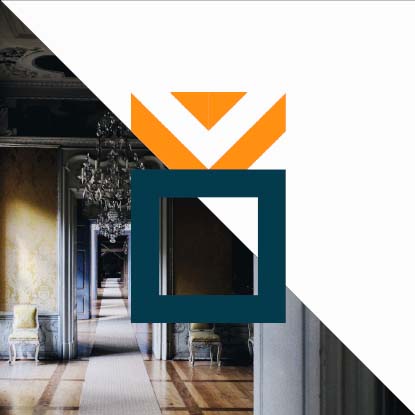Traditionally, life insurance policies have been owned directly by policyholders as standalone financial tools. However, a growing number of individuals and families are transitioning towards a more sophisticated approach — holding life insurance policies within trust structures, writes Alice Quek, Head of Private Client – Asia, Hawksford.
Life insurance policies once held independently as standalone plans are increasingly being incorporated by families into a more efficient, comprehensive framework – making the policies assets of an overarching trust structure.
Doing so, families are realising, brings with it a number of benefits, including better estate planning and more effective asset protection.
More specifically, by integrating life insurance and trusts, wealth distribution can be managed more efficiently according to the settlor’s wishes while optimising tax implications depending on jurisdictions. Not only does this ensure a smoother wealth transfer to future generations, but it also protects the assets from division or claims from creditors.
It’s a trend being driven both by demand – the growing complexity of families, in terms of demographics, generational diversification and geographical reach – and supply – the increasing accessibility and availability of suitable insurance products and solutions.
An efficient strategy
Integrating life insurance into a holistic trust framework brings with it a number of benefits to a family.
In particular, families with children with additional or special needs can benefit from such structures where the trustee is able to distribute funds according to the children’s specific needs, for example in relation to education, healthcare or general maintenance.
Such an arrangement can also reduce tension or conflict within a family given the role of trustee is usually assumed by an independent third party such as a licensed trust company.
One of the most compelling advantages of holding insurance policies within a trust structure, meanwhile, is the exemption of estate duty on policy payouts when a trust owns the policy. This means that the beneficiaries will be able to receive the intended distributions according to the settlor’s wishes.
In terms of the trust structure, a common way of holding insurance assets is via a holding company held directly under the trust which can provide better asset management while also ensuring that ownership and control remain aligned with the settlor’s objectives.
To further enhance efficiency and scalability, some insurance companies are adopting the master/sub-trust model. Under this framework, the insurance provider establishes a master trust, with individual sub-trusts created for each client. This setup allows for the segregation of assets, personalised management, and precise control over distributions.
Each sub-trust is tailored to a client’s specific needs and beneficiaries, ensuring their interests are ring-fenced and protected. From an administrative standpoint, this approach streamlines trust maintenance and reduces costs for clients. For insurers, it creates a competitive edge by offering value-added, comprehensive wealth management solutions.
A growing trend
While the concept of placing life insurance policies into a trust is not completely new, at Hawksford we are seeing more and more global families of wealth exploring this option to better protect their assets and support their increasingly diverse, complex needs.
By integrating life insurance with trust planning, wealthy individuals and families can create a comprehensive financial legacy — one that ensures their wealth is structured efficiently in the short term, but also responsibly for future generations.

Speak to our experts today
Discover how integrating life insurance into a trust can unlock greater control, protection, and peace of mind for your family's future.
Updated on








